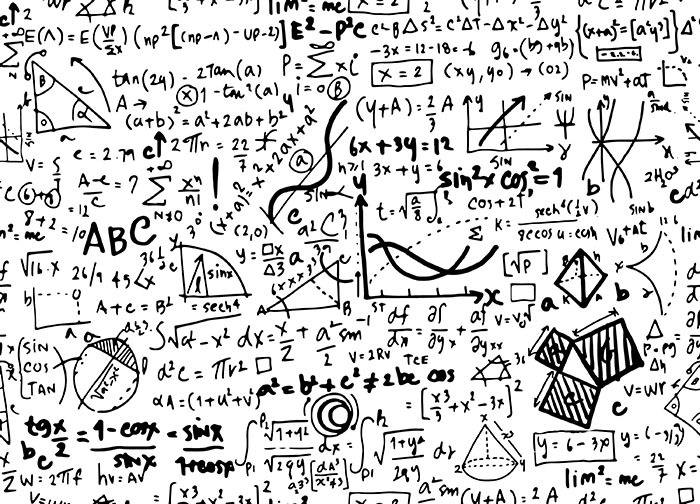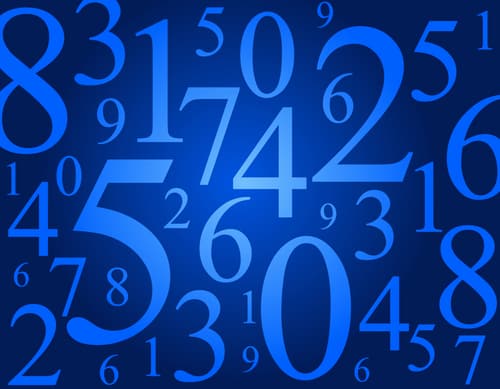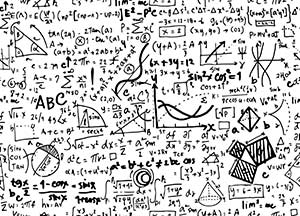An inverse function (or anti-function) is a function that “reverses” another function: if the function f applied to an input x, and gives a result of y, then the inverse function g, applied to y, gives the result x, and …
A system of a linear equations have two or more equations and two variables. In a system of linear equations, each equation is a straight line and the solution will be the point where the two lines intersect.
A sequence, in mathematics, is a string of objects, like numbers, that follow a pattern. The individual elements in a sequence are called terms. Number sequence questions as for a particular term in the sequence, which can be calculated or reasons from …
A Logarithm is a quantity representing the power to which a fixed number (the base) must be raised to produce a given number. Quick Review — Practice Questions — Answer Key — Common Mistakes Answering Logarithm Logarithms – …
Trigonometry is the branch of mathematics dealing with the relations of the sides and angles of triangles and with the relevant functions of any angles. Quick Review of Concepts — Trigonometry Practice Questions — Answer Key — Common Trigonometry Mistakes
Factorization or factoring is writing a number or mathematical object as a product of several factors, generally smaller or simpler objects of the same kind. What is a prime number? A prime number is a whole number greater than 1, only divisible by …



